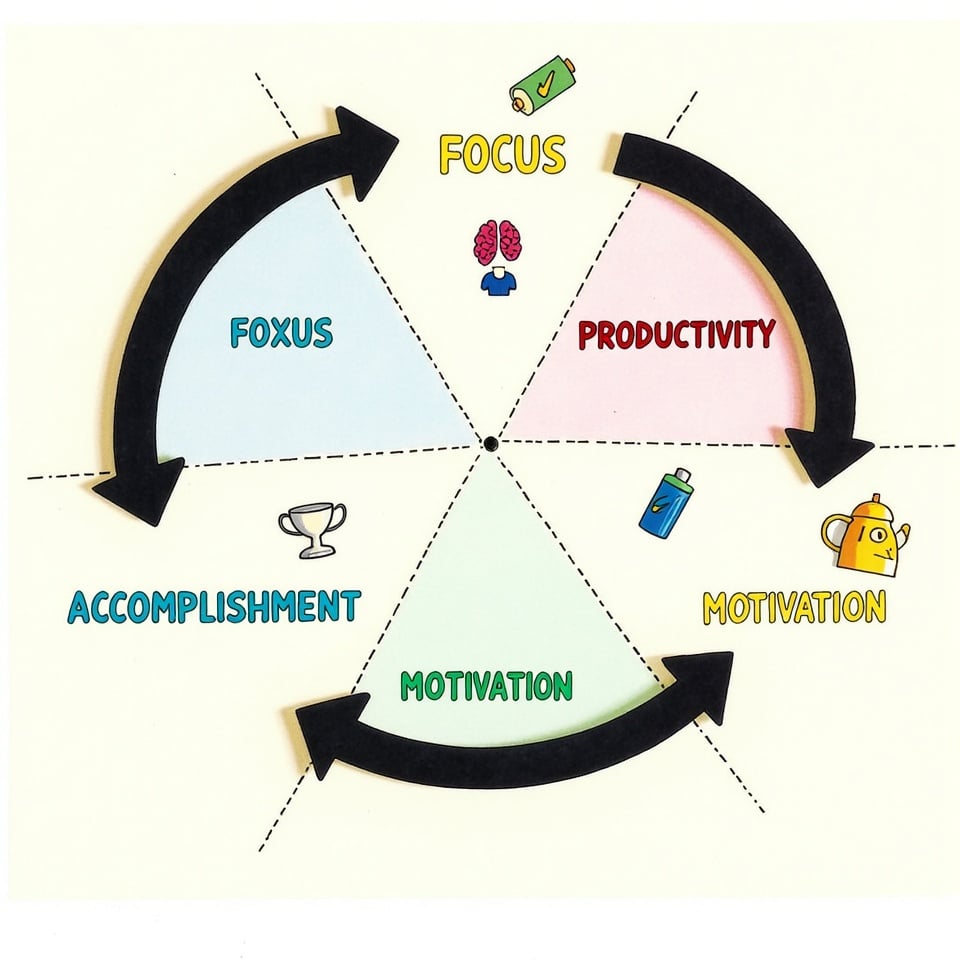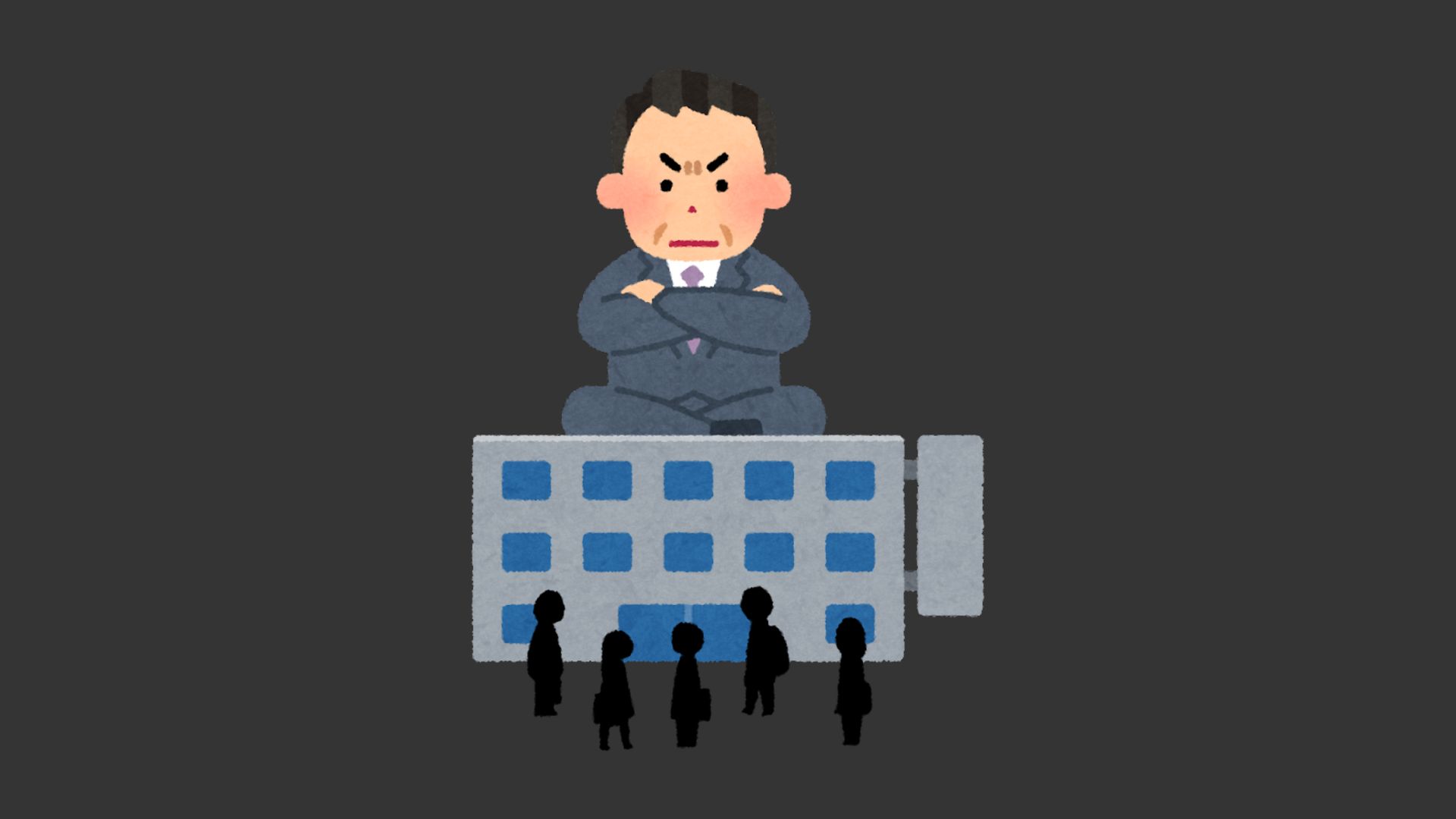Imagine you’re a detective trying to solve the mystery of someone’s life. Writing a biographical essay is like putting together the clues to tell their story. It’s a skill that’s essential for students, especially in history and language arts.
But how do you get started?
In this guide, I’ll show you how to write a biographical essay that’s engaging, informative, and easy to read. You’ll learn how to turn your research into a compelling story that brings your subject to life.
Table of Contents
What is a Biographical Essay?
A biographical essay tells the story of a person’s life. It’s like a close-up look at who they are, what they’ve done, and how they’ve made a difference.
But what makes a biographical essay different from a biography? A biography just lists the facts. A biographical essay goes deeper. It helps you understand what made the person tick, what they achieved, and how they affected others.
Think of it like a puzzle. When you put all the pieces together, you see the whole picture of the person’s life. To write a biographical essay, you need to gather interesting stories, quotes, and facts. Then, you weave them together to create a vivid picture.
To do it well, you need to research carefully and think about how to tell the story in a way that’s engaging and easy to follow. You want to show what made the person special and what we can learn from their life.
Choosing the Right Subject for Your Biographical Essay
When writing a biographical essay, it’s essential to choose someone with a fascinating story. This person should have had exciting experiences, faced challenges, and achieved great things.
Think about who would interest your readers.
Is there someone who has a unique story that can teach us something new?
Make sure you can find reliable sources to learn more about this person.
A good subject will give you plenty of interesting facts and insights to share.
The Importance of Relevance and Personal Interest
When you write about someone you care about, your writing becomes more interesting and exciting. Choose a person who is important to you and your readers. This will make your essay more meaningful and fun to read.
Examples of Compelling Biographical Subjects
- Historical Figures: Abraham Lincoln and Marie Curie are two examples of people who did amazing things and changed the world. Their stories are fascinating and can teach us a lot.
- Role Models of Today: Malala Yousafzai and Elon Musk are two people who are making a difference in the world right now. Their stories are inspiring and show us what we can achieve if we work hard and believe in ourselves.
- Unsung Heroes: You might not know much about Harriet Tubman or Alan Turing, but they did incredible things and helped make the world a better place. Their stories are just as inspiring as those of famous people, and they can teach us valuable lessons.
Tip: You can use Blainy Content Idea Generator to come up with biographical essay topic ideas.

Example Titles
Here are a few example titles for a biographical essay:
- The Life and Legacy of Nelson Mandela: A Journey to Freedom
- Marie Curie: Pioneering Scientist and Double Nobel Laureate
- Elon Musk: Innovator of the Future
- Harriet Tubman: The Conductor of the Underground Railroad
- The Resilience of Malala Yousafzai: A Voice for Education
- The Genius of Leonardo da Vinci: Artist, Inventor, Visionary
- Rosa Parks: The Woman Who Sparked a Movement
How to do research for a Biographical Essay?
To write a great biographical essay, you need to do your homework.
Start by finding good sources of information, such as books, articles, and interviews. These will help you learn more about the person you’re writing about and get interesting facts and quotes.
You can find good sources at the library, online, or in books. Look for websites that are run by experts or organizations that know what they’re talking about.
Some websites even have videos, pictures, and audio clips that can make your essay more interesting.
Blainy can help you find good sources and get access to articles, books, and other online materials. It’s like having a personal research assistant!
After gathering your sources, organize your research notes by themes or chronological order. Note-taking apps and spreadsheets can help maintain an organized system.
Accuracy is paramount—Cross-check facts with multiple reliable sources to ensure credibility.
Developing a Compelling Thesis Statement for Your Biographical Essay
A thesis statement is like a roadmap for your biographical essay. It tells the reader what your essay is about and helps them understand the person you’re writing about. A good thesis statement makes your essay clear and interesting.
To write a great thesis statement, think about the most important things about the person you’re writing about.
What did they achieve?
What challenges did they face?
How did they make a difference in the world?
Try to sum up these ideas in one sentence.
For example, instead of saying “Marie Curie was a great scientist.”
You could say: “Marie Curie’s research on radioactivity helped her win two Nobel Prizes and changed the way we understand science and medicine.”
This sentence tells the reader exactly what Marie Curie did and why it’s important.
Blainy thesis statement generator can help you generate a thesis statement for your biographical essay. It can analyze your research notes and produce a clear and concise thesis statement that you can use as is, or as a draft to further improve and enhance yourself. This can help you establish a strong foundation for your essay and ensure that your writing stays focused and on track.
A good thesis statement helps you stay focused as you write your essay. Each paragraph should support your thesis statement, and you should refer back to it often to make sure you’re on track. This will help your essay flow logically and make sense to the reader.
Structuring Your Biographical Essay for Maximum Impact
There are three sections of any essay, an introduction, the body of the essay, and followed by a conclusion.
Crafting an Engaging Introduction for Your Biographical Essay
The introduction to your biographical essay is like the first scene of a movie. It’s your chance to grab the reader’s attention and make them want to keep reading.
Begin with something interesting, like a cool story, a surprising fact, or a quote that makes you think. This will make the reader curious and want to learn more about the person you’re writing about.
Providing Necessary Background Information
After the hook, provide important background information about the person you’re writing about.
This should include:
- Their full name
- When they were born and died
- A brief summary of what they did that was important
This helps your reader understand who the person is and why they’re important. It’s like giving them a map to help them follow the rest of your essay.
Introducing the Thesis Statement
Conclude your introduction with a clear and concise thesis statement. This statement outlines the central argument or focus of your essay. This will guide the reader on what to expect in the later paragraphs. Your thesis should reflect the key themes or aspects of your subject’s life that you will explore.
Ensuring a Smooth Transition to the Body
Make sure your introduction flows nicely into the rest of your essay. You can do this by giving a quick preview of the main points you’ll be covering. This helps your reader know what to expect and gets them ready to learn more about the person you’re writing about.
Leveraging Blainy for a Strong Introduction
Blainy’s inbuilt introduction writing feature can help you craft a compelling introduction for your bio essay with just a simple click.
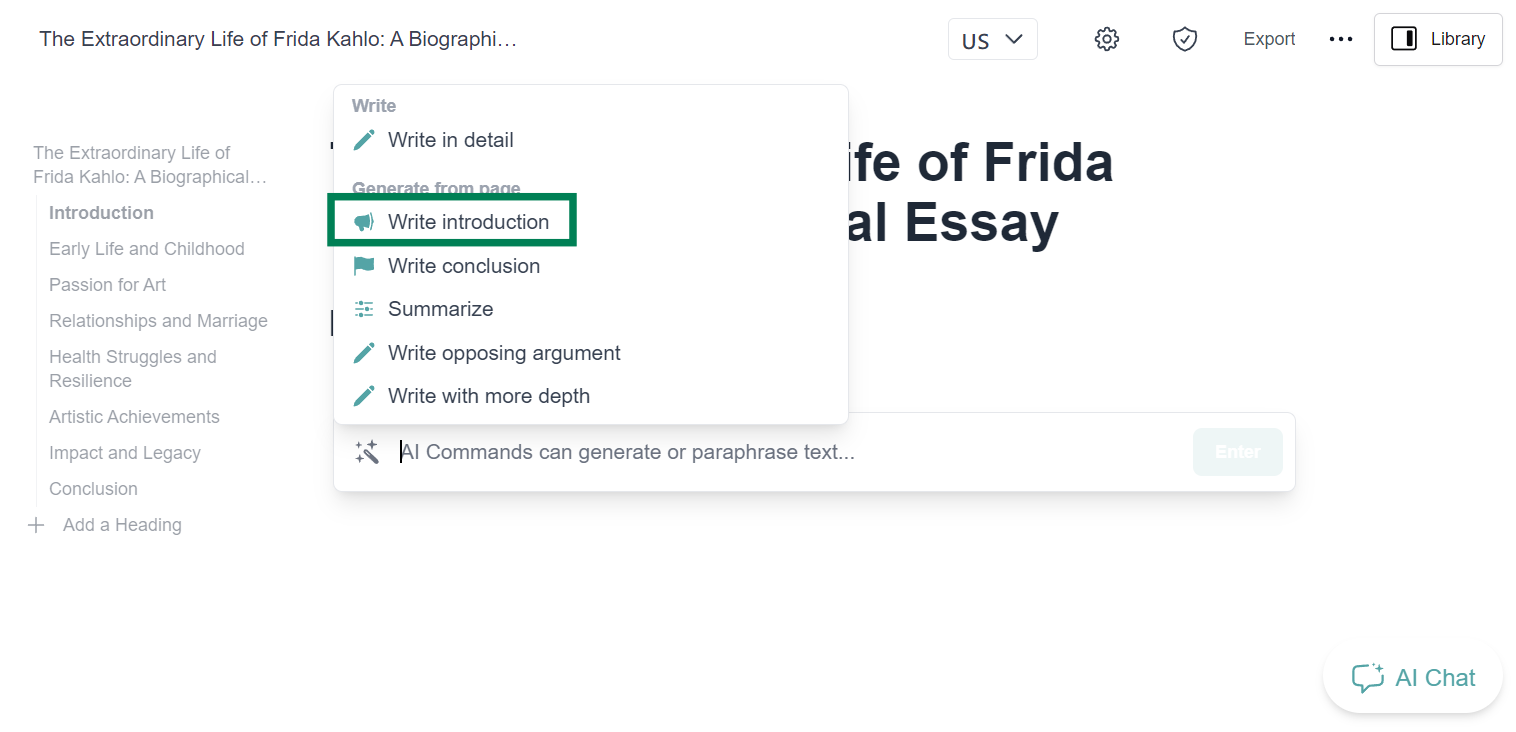
With a click on AI commands and pressing “Write Introduction”, Blainy will generate a well-structured introduction that includes:
- An attention-grabbing hook to engage the reader
- Relevant background information to set the context
- A clear thesis statement to guide the reader
- Connecting phrases to ensure a smooth flow of ideas
Biographical Essay Introduction Example
Here’s an example of a biographical essay introduction about Frida Kahlo:
“Frida Kahlo’s life was a testament to her unwavering spirit and unrelenting passion for art. Born in 1907 in Coyoacán, Mexico, Kahlo’s life was marked by tragedy and hardship, including a devastating bus accident at the age of 18 that left her with chronic pain and disability. Yet, despite these challenges, Kahlo continued to paint, using her art as a means of self-expression and empowerment. This essay will explore Kahlo’s life, from her early days as a young artist to her rise as a feminist icon, and examine the ways in which her experiences shaped her art and legacy.”
What does this intro tell it’s reader?
In this introduction example:
- The reader learns about Kahlo’s birthplace and the significant events that shaped her life.
- The reader gets a sense of Kahlo’s personality and her passion for art.
- The essay will explore Kahlo’s life, art, and legacy, giving the reader a sense of what to expect.
Developing the Body of Your Biographical Essay
The body of your essay tells the story of your subject’s life. It should be organized in a way that makes sense, like a timeline.
Typically, this involves a combination of chronological and thematic structures.
When writing about subject’s life, start with their childhood and family background. Then, move on to the important events and accomplishments that made them who they are.
(Don’t forget to include any challenges they faced and how they overcame them.)
Finally, talk about the impact they had on the world.
Each paragraph should focus on one important part of your subject’s life. This will help you tell their story in a clear and orderly way. Try to move from one idea to the next in a way that makes sense, so your reader can easily follow along.
Detailed Descriptions and Analysis
In each paragraph, try to paint a vivid picture with words. Don’t just list facts – explain what they mean and why they’re important. Think about how the events and achievements you’re writing about affected your subject’s life and what they’re remembered for.
To make your points stronger, use evidence from trustworthy sources. This could be a quote from someone who knew your subject, a story about something that happened to them, or a record of something they achieved. This will help you show that what you’re saying is true and make your essay more convincing.
Maintaining Connection to the Thesis Statement
Each section of the body should support and develop your thesis, reinforcing the central argument or theme of your essay. Regularly refer back to your thesis statement to ensure that your writing remains focused and cohesive.
Using Transitional Phrases
Use transitional phrases and sentences to link paragraphs and ideas. They help your reader move smoothly from one idea to the next, making it easier to understand the story of your subject’s life and what you’re trying to say.
Highlighting Key Themes
As you develop the body of your essay, highlight key themes and patterns in your subject’s life. This might include recurring challenges, significant turning points, or consistent traits and behaviors. Identifying these themes can add depth to your analysis and help reinforce your thesis.
Streamlining Your Essay’s Body with Blainy
Blainy’s AI suggestion feature can help you overcome writer’s block and develop a coherent body for your bio essay. As you write, Blainy provides suggestions that you can choose to accept or discard, giving you complete control over your content. These AI suggestions analyze your previously written text and offer ideas for what to write next, helping you stay focused and avoid writer’s block.
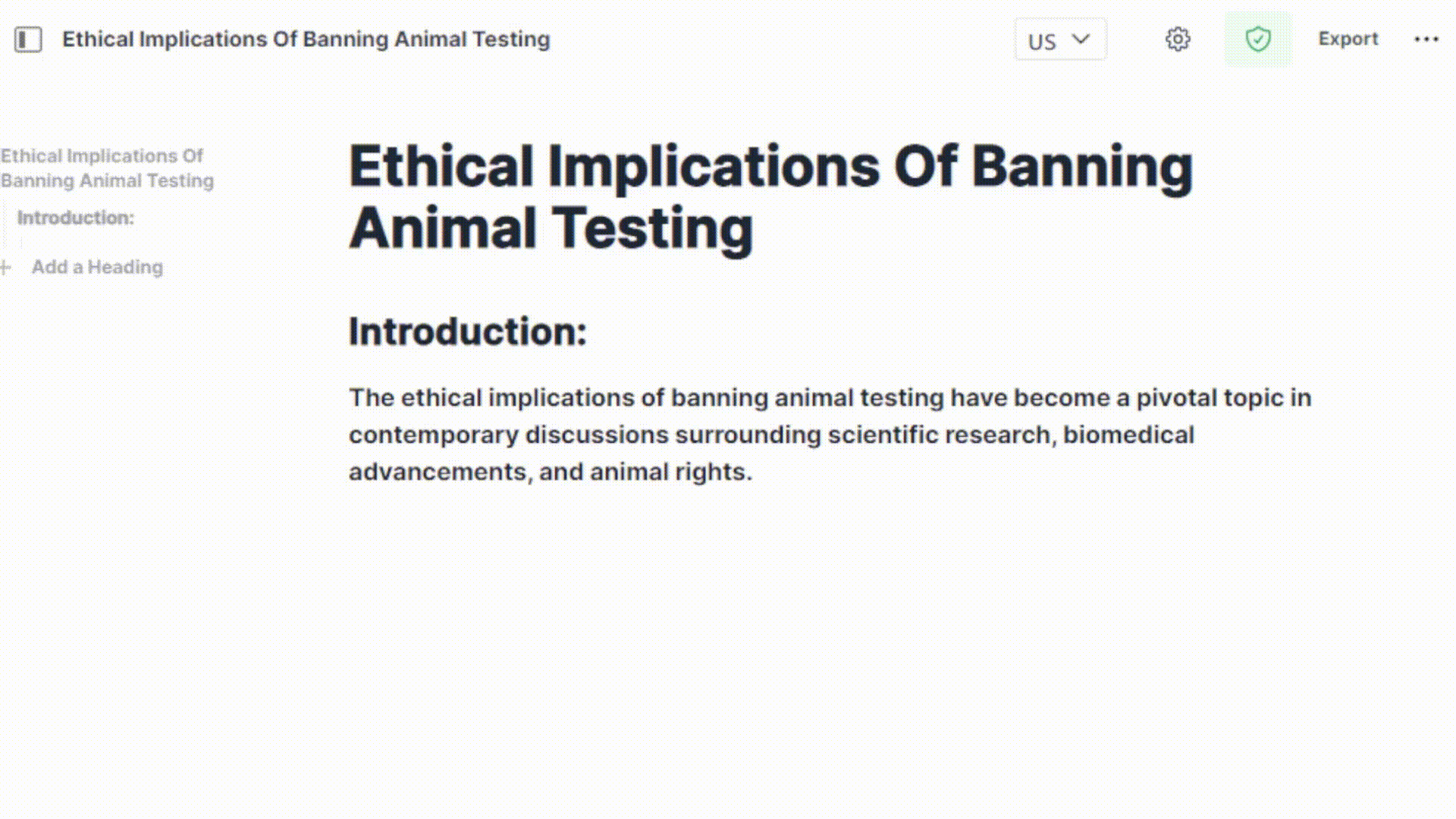
With Blainy, you can:
- Effortlessly generate new content with AI suggestions that build upon your existing work
- Overcome writer’s block by using the “Write Longer” feature, which produces a substantial amount of essay content to get you started
- Refine and expand your ideas, including the consideration of opposing views, to add depth and nuance to your writing
Revising and Editing Your Biographical Essay
After you’ve finished writing your first draft, it’s time to make it even better. Take a break from your essay, and then come back to it with fresh eyes. This means you’ll be able to look at your work in a new way and see things you might have missed before.
As you read through your essay, ask yourself:
- Is everything clear and easy to understand?
- Do all the parts fit together well?
- Does the essay flow smoothly from one idea to the next?
Look for areas that might need some improvement, and make notes on what you want to change.
Improving Clarity and Coherence
Make sure each paragraph and sentence is easy to understand and helps to tell the whole story of your essay. You want your ideas to flow smoothly from one to the next, like a river.
Think of it like building a bridge with blocks. Each block should fit together perfectly, and the bridge should be strong and steady. In your essay, each paragraph should be like a block that helps to build a strong and clear argument.
As you read through your essay, ask yourself:
- Is each paragraph clear and easy to understand?
- Do my ideas flow smoothly from one to the next?
- Do I have good evidence to support my points?
If you unable to answer any of the aforementioned questions while revising your essay, think of rephrasing the content. Use an AI paraphraser capable of analyzing and refining content to improve clarity and coherence if the manual paraphrasing of content sounds overwhelming.
Re-examining the Thesis Statement
Re-examine your thesis statement and supporting arguments throughout your essay. Make sure your thesis is still relevant and that each section effectively supports it. If necessary, refine your thesis to better align with the content you have developed.
Reviewing Sentence Structure and Vocabulary
Take a close look at your essay and think about how you’ve written your sentences.
Are they all the same, or do you mix it up?
Using different types of sentences can make your writing more fun to read.
Also, think about the words you’ve used.
Are they the best choices?
Using the right words can help you get your point across clearly and make a bigger impact. Look for places where you can use more descriptive words instead of vague ones.
For example, instead of saying “the dog was big,” you could say “the dog was enormous!”
Checking for Grammatical, Punctuation, and Spelling Errors
Go through your essay carefully to catch any mistakes in grammar, punctuation, or spelling. Use tools like grammar checker, but also read through your work slowly to make sure everything is correct. Double-checking for mistakes will help you make a great impression on your readers.
Seeking External Feedback
Ask a friend, teacher, or family member to read your essay and give you feedback. They might notice things you missed and have ideas to make your essay even better.
Conducting a Final Read-Through
After making revisions based on feedback and your own review, conduct a final read-through of your essay. Ensure that all changes have been incorporated smoothly and that the essay reads well as a whole. This is your last chance to catch any lingering issues and make final adjustments.
Cite Your Sources
When you write about someone’s life, it’s essential to say where you got your information. This is called citing your sources. It helps you avoid copying someone else’s work and makes your essay more trustworthy.
There are different ways to cite sources, such as APA, MLA, Harvard, and IEEE.
(Ask your teacher which style to use.)
Each style has its own rules for citing sources in your essay and a list at the end.
When you quote or use someone else’s idea, put a short citation in your essay. This usually includes the author’s last name and the year they wrote it.
At the end of your essay, make a list of all the sources you used. This list is called a “References” or “Bibliography.” Make sure each source has all the right information, like the author’s name and title.
Double-check that all your sources are correct and cited correctly. This will help you avoid mistakes and make your essay more trustworthy.
Using Quotations and Paraphrasing Correctly
When you use someone’s exact words, put them in quotation marks and cite the source. When you put their ideas in your own words, still cite the source.
It’s essential to show which ideas are yours and which are from others to be honest in your writing.
Managing Digital Sources
When you use a website or online article, include the web address (URL) and the date you visited it. This helps readers find the same information, even if the website changes later.
Reviewing Citation Guidelines
Finally, review the specific citation guidelines for your chosen style. Pay attention to details such as punctuation, capitalization, and the order of information. Adhering to these guidelines demonstrates attention to detail and respect for academic conventions.
Leveraging Blainy for Citation
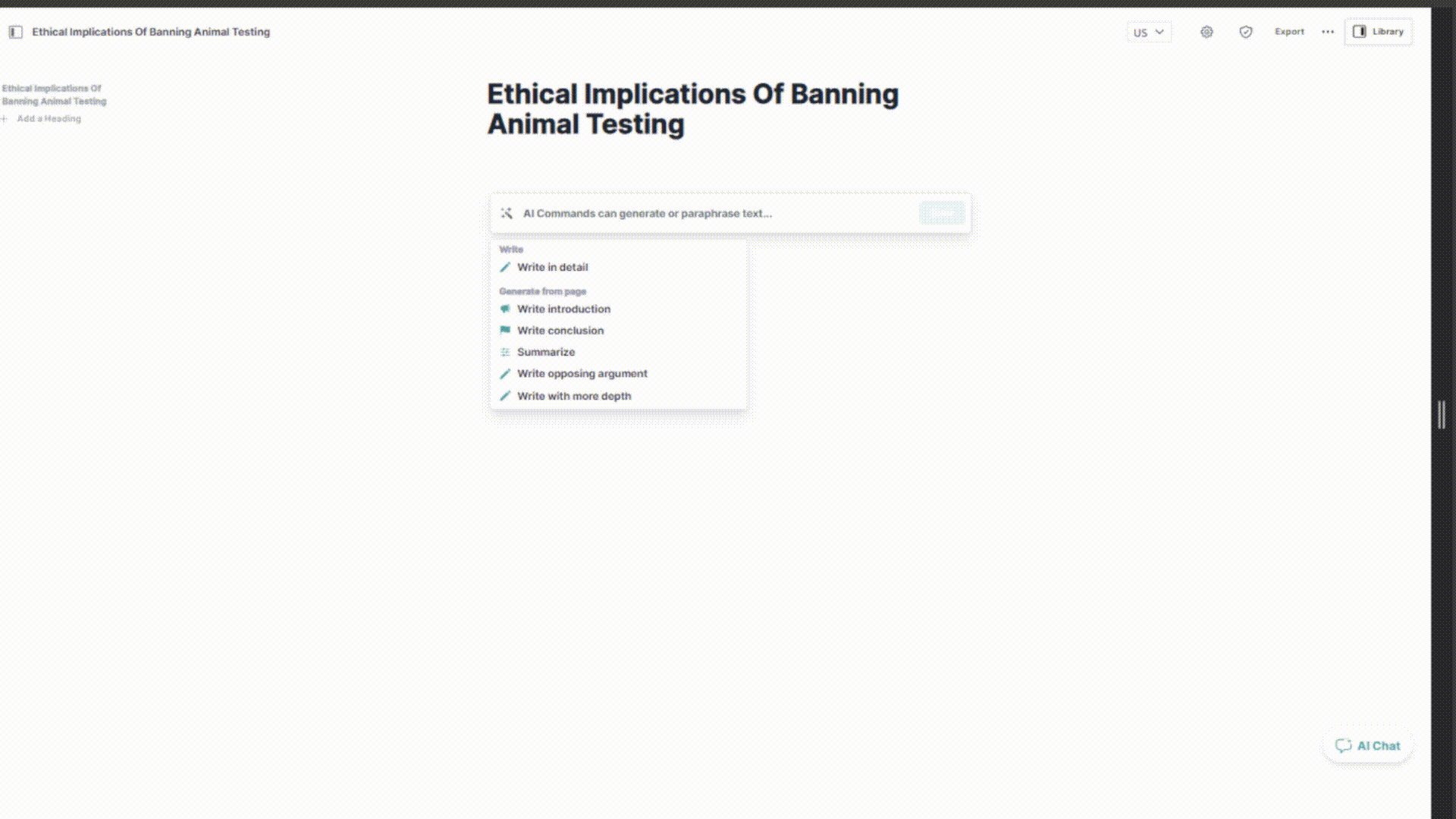
Need help with citations?
Try Blainy’s built-in citation feature, which can help you find credible sources and cite them in the style you need — it’s a huge time-saver and a great way to ensure your essay is accurate and credible!
Biographical Essay Example
Below is an example of a biographical essay about Frida Kahlo, one of the most iconic and influential artists of the 20th century.
Frida Kahlo: A Life of Art and Resilience
Frida Kahlo was born on July 6, 1907, in Coyoacán, Mexico, to Matilde Calderón y González and Guillermo Kahlo. Her father, a Hungarian-German photographer, and her mother, a devout Catholic, instilled in Frida a love for art and a strong sense of Mexican identity. From a young age, Frida was fascinated by the world of art, and she spent hours watching her father work in his photography studio.
Tragedy struck when Frida was just 18 years old. While riding a bus with her boyfriend, Alejandro Gómez Arias, the vehicle collided with a streetcar, leaving Frida with multiple injuries, including a broken spine, pelvis, and leg. The accident would have a lasting impact on Frida’s life, causing her chronic pain and disability.
Despite her physical limitations, Frida continued to paint, using her art as a means of self-expression and empowerment. Her early work was heavily influenced by Mexican folk art and mythology, but as she matured as an artist, her style became more complex and introspective. Frida’s art often depicted her own experiences, including her physical suffering and her tumultuous marriage to muralist Diego Rivera.
Frida’s relationship with Diego was marked by infidelity, divorce, and remarriage, but it also sparked some of her most creative work. Her painting, “The Two Fridas,” which depicts two versions of herself, one dressed in a European-style wedding dress and the other in a traditional Mexican dress, is a testament to her complex identity and her struggles with marriage and independence.
Throughout her life, Frida faced numerous challenges, including multiple surgeries, hospitalizations, and a dependency on pain medication. However, she continued to paint, often from her bed, using a special easel that allowed her to work while lying down. Her art became a source of comfort and strength, allowing her to transcend her physical limitations and connect with the world around her.
Frida Kahlo’s legacy extends far beyond her art. She has become an icon of feminist resistance and a symbol of Mexican culture. Her life and work have inspired countless artists, writers, and activists, and her image has been reproduced and reinterpreted in countless forms of media.
In conclusion, Frida Kahlo’s life was a testament to her unwavering spirit and unrelenting passion for art. Despite the many challenges she faced, she continued to paint, using her art as a means of self-expression and empowerment. Her legacy serves as a reminder of the power of art to transcend adversity and to inspire others to live their lives with purpose and passion.
Wrapping it up
Writing a biographical essay is a rewarding experience. You learn about a person’s life and share their story in an interesting way.
To get started, follow these steps: research the person’s life, organize your ideas, and write. Revise your work to make it the best it can be. Blainy can help with outlining, adding details, and citing sources.
Don’t be afraid to try. With practice and the right tools, you can craft a compelling narrative that brings the person’s life to life on the page.
Frequently Asked Questions
What is a biographical essay?
A biographical essay is a written account of a person’s life, detailing their experiences, achievements, and impact on society.
How do I choose a subject for my biographical essay?
Select someone whose life story interests you and has ample available information for research. It can be a historical figure, a contemporary individual, or someone you personally know.
What are the key components of a biographical essay?
A biographical essay has three main parts. The introduction tells the reader about the person. The body tells the story of their life, either from start to finish or by focusing on important themes. The conclusion explains why the person is important.
How should I structure my biographical essay?
Your essay should have a clear beginning, middle, and end. Start with an introduction that tells the reader about the person. Next, write body paragraphs that tell the story of their life. You can tell the story in order from start to finish, or group events by theme. Finally, write a conclusion that wraps up the story. Make sure each part flows smoothly into the next.
How to write a biographical introduction?
Start with a hook to grab the reader’s attention. Provide context and background information about the person’s life and achievements. Preview the main points of the essay to give the reader an idea of what to expect. Keep the introduction concise and focused.
How to write a biographical essay about yourself?
To write a biographical essay about yourself, essentially an autobiography, write in the first person to create a personal and reflective tone. Focus on your most significant experiences and achievements that showcase your skills and personality. Use specific examples and anecdotes to illustrate your points and make the essay more engaging. Be honest and authentic in your writing.
How many paragraphs in a biography essay?
A typical biography essay consists of 5-7 paragraphs. The introduction and conclusion are usually one paragraph each, while the body paragraphs can be 3-5 paragraphs. Each paragraph should have a clear topic sentence and supporting evidence to create a cohesive narrative. The exact number of paragraphs may vary depending on the length and complexity of the biography.
How can Blainy assist in writing a biographical essay?
Blainy can help you outline, add more details to your writing, and even help you say things in different words. Blainy can also help you keep track of where you got your information. This can help you write a great essay and avoid getting stuck.




